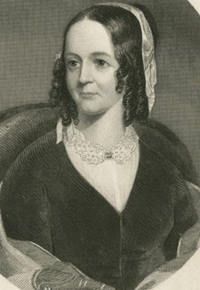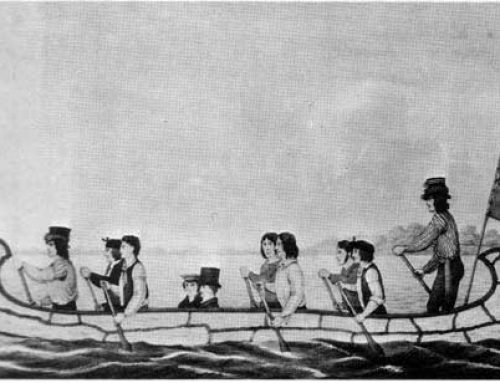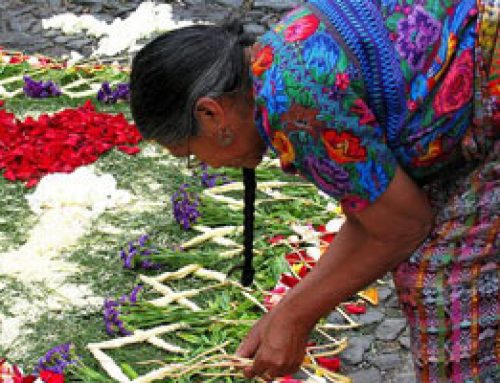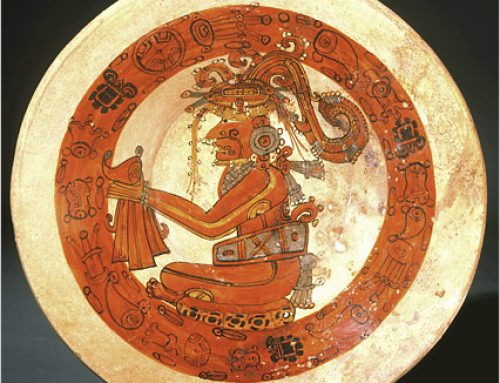
Sarah Hale, who made Thanksgiving a national holiday
Thanksgiving in the 1700s
In the 1700s, most of the thirteen colonies had public Thanksgiving feasts at least once a year. Sometimes people held them more than once a year. The governor of each colony decided when to celebrate Thanksgiving. But in 1817, the governor of New York State decided to make Thanksgiving an official holiday on the same day every year.
Earlier history of Thanksgiving
More American history articles
Official Thanksgiving in the Northeast
During the 1800s, more and more people started to have turkey for Thanksgiving. Other north-eastern states began to have official Thanksgiving holidays too, though not all on the same day. In the South, most states didn’t celebrate Thanksgiving at all, and in the West, where people like the Californians, the Shoshone, and the Blackfoot didn’t farm, nobody celebrated Thanksgiving either.
Who were the Californians?
Where did the Shoshone live?
Sarah Hale and Thanksgiving
But in the 1800s, men began to make women stay home from parades and public feasts, so women began to want to celebrate holidays at home. And the Civil War in the 1860s made the United States government much less willing to let states decide things for themselves. In 1863, in response to a campaign by the anti-slavery activist Sarah Hale, President Lincoln announced that the whole United States would celebrate Thanksgiving together on the last Thursday in November.
More about the Civil War
Slavery in the United States
The South hates on Thanksgiving
The southern states, which considered themselves independent, ignored this law. Even after they lost the Civil War in 1865, for decades many southern people refused to celebrate Thanksgiving, because it was a northern and anti-slavery holiday. In the last part of the 1800s, as the European settlers moved west and forced more and more people onto reservations and began farming the land, people in the western part of North America also slowly began to celebrate Thanksgiving. As the holiday moved west, and farther from the ocean, oysters and clams gradually dropped off the menu.
Thanksgiving trick-or-treating

Kids in Thanksgiving costumes (New York City, 1933)
Beginning about 1900, city mayors tried to stop people from mumming at Christmas. As a result kids began to celebrate Thanksgiving by going trick-or-treating from house to house, the way you do now on Halloween. During the 1930s and 1940s, school principals and other officials worked hard to make Thanksgiving more of a family holiday. They gradually got kids to move their trick-or-treating to Halloween.
The history of Halloween
The history of Christmas
The Fourth Thursday in November
Lincoln’s idea of the last Thursday in November lasted until 1941, when President Franklin Roosevelt tried to celebrate a little earlier, the next-to-last Thursday in November, to allow more time for Christmas shopping after Thanksgiving and encourage recovery from the Depression. People complained so much that he had to move it to the fourth Thursday in November. That’s when the United States celebrates Thanksgiving now. In Canada, where winter comes earlier, Thanksgiving is also earlier, on the second Monday of October.
Native Americans and Thanksgiving
While many Native Americans continue to celebrate the Green Corn Ceremony, and others celebrate Thanksgiving, beginning in 1970, some Wampanoag and other Native American people began to observe a National Day of Mourning instead of Thanksgiving. They wanted to remind people how their land was stolen by the white settlers they tried to help.
How Thanksgiving got started
Bibliography and further reading about Thanksgiving:




